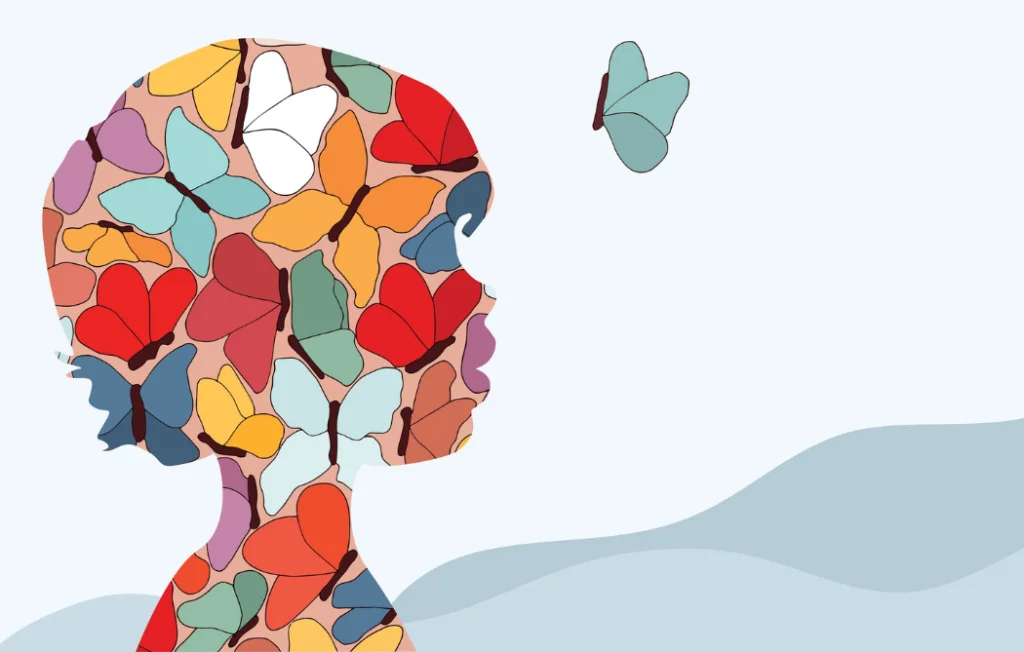Do you ever wonder why you push people away when they get too close—or panic when they pull away?
Do relationships often feel like a dance of longing, rejection, or confusion?
If so, you’re not alone—and attachment theory might help you understand what’s really going on underneath it all.
Originally developed by John Bowlby and expanded by researchers like Mary Ainsworth and Dr. Sue Johnson, attachment theory offers a powerful framework to understand how we love, fight, connect, and cope in adult relationships. And recent research shows it’s globally applicable—even in collectivistic cultures like India (Zilcha-Mano, 2020).
Let’s break it down and explore how your past may be shaping your present—and how you can build more secure relationships.
What Is Attachment Theory?
Attachment theory explains how early bonds with caregivers shape our expectations and behaviors in adult relationships. These patterns are not just “personality quirks”—they’re survival strategies rooted in how we learned to seek safety, love, and connection.
The Four Attachment Styles
- Secure Attachment
- Comfortable with closeness and independence
- Able to express needs and listen to others’
- Trusts easily and resolves conflict with respect
Common phrases:
“I know I can count on you.”
“I feel safe being vulnerable.”
- Anxious Attachment
- Craves closeness but fears rejection or abandonment
- Can appear “clingy,” overthinking small changes in partner’s behavior
- Needs constant reassurance but rarely feels secure
Common phrases:
“Do you still love me?”
“Why aren’t you texting back?”
- Avoidant Attachment
- Values independence to the point of emotional distance
- Discomfort with vulnerability, may shut down during conflict
- Avoids intimacy out of fear of being overwhelmed or losing autonomy
Common phrases:
“I need space.”
“I don’t like talking about feelings.”
- Fearful-Avoidant (Disorganized) Attachment
- Desires closeness but fears it at the same time
- Often linked to trauma, neglect, or inconsistent caregiving
- Push-pull dynamic: “Come close—no, stay away.”
Common phrases:
“I want love but I don’t trust it.”
“You’ll leave if I open up.”
Why This Matters in South Asian Relationships
In cultures like India, where family dynamics, emotional expression, and relationship roles are heavily influenced by tradition and community expectations, attachment styles can become even more complex.
Cultural Factors at Play:
- Collectivistic pressure to prioritize family over self
- Limited emotional vocabulary growing up
- Parental enmeshment or emotional dependence
- Gender roles that discourage vulnerability (especially in men)
Zilcha-Mano (2020) highlights that while attachment models are universal, their expression can vary significantly across cultural contexts.
In therapy, we often see how emotional suppression and intergenerational trauma contribute to avoidant or anxious behaviors in relationships—even among highly functional adults.
Signs Your Attachment Style May Be Impacting Your Relationship
- Repeating the same conflict with different partners
- Feeling emotionally “needy” or chronically distant
- Fear of being “too much” or “not enough”
- Trouble trusting even when your partner is supportive
- Over-accommodating or emotionally withdrawing
Can You Change Your Attachment Style?
Absolutely. Attachment styles are adaptable—not fixed. With the right support, you can move toward what’s known as “earned secure attachment.”
Here’s how therapy (especially Emotionally Focused Therapy or EFCT/EFIT) helps:
- Naming your attachment style and emotional patterns
- Understanding the childhood roots without blaming parents
- Practicing vulnerability and emotional regulation
- Creating new relational experiences in therapy and life
A Quick Exercise to Try Today:
- Think of the last conflict or emotional moment in a relationship.
- Ask yourself: What did I feel underneath my reaction? (Fear? Shame? Loneliness?)
- Ask: What did I need that I didn’t know how to express?
Even these small reflections can begin to shift long-standing patterns.
How EFIT and EFCT Help
- EFIT (Emotionally Focused Individual Therapy) helps individuals heal attachment wounds and build stronger internal safety.
- EFCT (Emotionally Focused Couples Therapy) helps partners understand each other’s attachment needs and repair emotional injuries.
These approaches are research-backed and culturally adaptable—already making an impact across India and other collectivistic societies.
🔗 Learn how EFIT helps individuals heal trauma and build secure bonds
🔗 Read about EFCT’s culturally sensitive approach to couples therapy
Your relationship patterns aren’t random—and they’re not your fault. They’re shaped by early survival instincts, culture, and emotional learning.
But they can be changed.
You can move from fear to security. From withdrawal to connection. From pain to peace.
And it starts with awareness—and one brave step toward support.
Ready to Explore Your Attachment Style?
Whether you’re struggling in a relationship, recovering from a breakup, or just curious to know yourself better—attachment-based therapy can help.
👉🏽 Book a session today
👉🏽 Join our upcoming training



